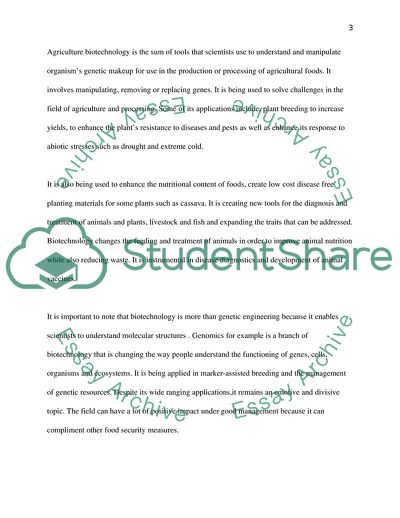Cite this document
(Can Agriculture Biotechnology Help Feed a Growing Global Population Essay, n.d.)
Can Agriculture Biotechnology Help Feed a Growing Global Population Essay. https://studentshare.org/biology/1822164-identify-emerging-issue-in-food-biotchnologgy
Can Agriculture Biotechnology Help Feed a Growing Global Population Essay. https://studentshare.org/biology/1822164-identify-emerging-issue-in-food-biotchnologgy
(Can Agriculture Biotechnology Help Feed a Growing Global Population Essay)
Can Agriculture Biotechnology Help Feed a Growing Global Population Essay. https://studentshare.org/biology/1822164-identify-emerging-issue-in-food-biotchnologgy.
Can Agriculture Biotechnology Help Feed a Growing Global Population Essay. https://studentshare.org/biology/1822164-identify-emerging-issue-in-food-biotchnologgy.
“Can Agriculture Biotechnology Help Feed a Growing Global Population Essay”. https://studentshare.org/biology/1822164-identify-emerging-issue-in-food-biotchnologgy.


